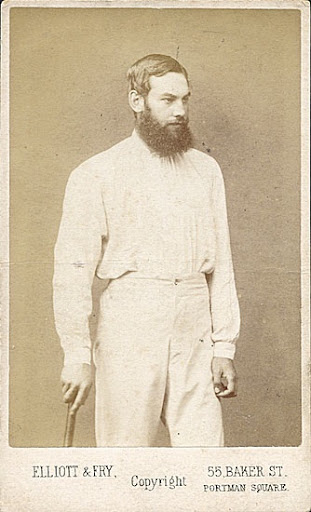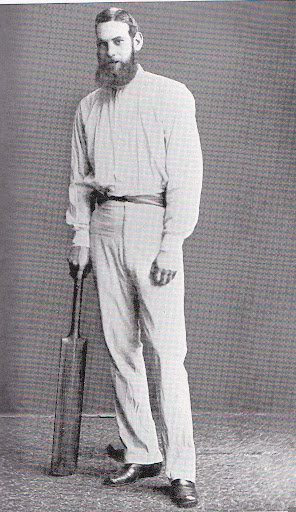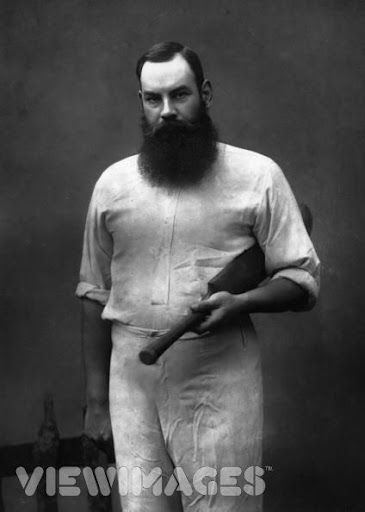SJS
Hall of Fame Member
It would be amusing if it werent so unfortunate and slightly irritating that so few of the modern fans of the game know anything worthwhile about the first and, trust me, the greatest superstar the game has ever seen and that includes your Bradmans, Tendulkars and Warnes.
I am going to devote some time to fish out stuff about WG by his contemporaries - those who played with and against him to paint a verbal picture of the great man. Before I start let me just add a tiny bit from my side. A great sportsman of any era will be a great sportsman in another. The fact that conditions, laws, implements etc have changed is not relevant because if you want to 'implant' a WG at his prime in the year 2000 to compare him with a Tendulkar or a Lara at their prime, you cant do it unless you assume that WG was born in around 1970. You cant implant a WG born in 1848 in 2000. Thats silly.
If you want to know how Sachin would have handled Barnes, you cant assume anything but that Sachin was born in 1880 something. The moment you do that you realise that a Sachin of 1880 would have been different from a Sachin born in 1972. Similarly a WG born in 1970 would be completely different from the WG born circa 1848.
And you can be sure he would have been trimmer and wouldn't have had that beard (at least not that length of it
Okay, watch this space.
I am going to devote some time to fish out stuff about WG by his contemporaries - those who played with and against him to paint a verbal picture of the great man. Before I start let me just add a tiny bit from my side. A great sportsman of any era will be a great sportsman in another. The fact that conditions, laws, implements etc have changed is not relevant because if you want to 'implant' a WG at his prime in the year 2000 to compare him with a Tendulkar or a Lara at their prime, you cant do it unless you assume that WG was born in around 1970. You cant implant a WG born in 1848 in 2000. Thats silly.
If you want to know how Sachin would have handled Barnes, you cant assume anything but that Sachin was born in 1880 something. The moment you do that you realise that a Sachin of 1880 would have been different from a Sachin born in 1972. Similarly a WG born in 1970 would be completely different from the WG born circa 1848.
And you can be sure he would have been trimmer and wouldn't have had that beard (at least not that length of it

Okay, watch this space.



